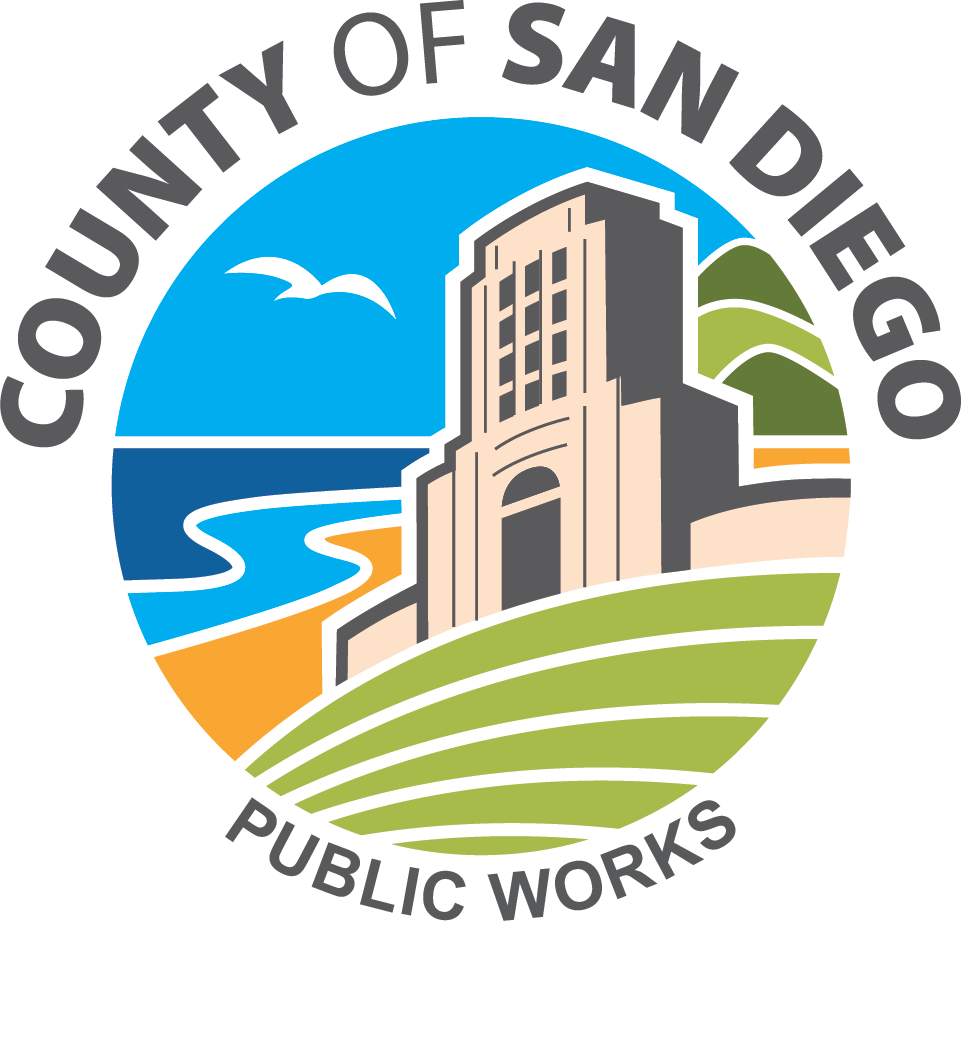Frequently Asked Questions
AM I IN THE SAN DIEGO COUNTY SANITATION DISTRICT SERVICE AREA:
SEWER CHARGES:
-
What is this "sewer charge" on my property tax bill?
The annual sewer service charge pays for the costs associated with collecting, transporting, and treating sewage that flows from your home or business to a permitted wastewater treatment plant.
-
Does everyone pay a sewer charge?
All District property owners/customers that discharge wastewater into the District’s sewerage system pay an annual sewer service charge.
-
How much does it cost to connect a single family dwelling to the sewer
system?
If the parcel is located within the District and there is an existing District sewer main nearby, the estimated costs are as shown below. Connection fees vary depending on the specific sewer service area in which the parcel is located. These fees are separate from, and do not include any costs associated with hiring private contractors to install sewer lateral connections between your structure and the District sewer main. Connection of parcels located outside the District require annexation and the approval of both the Local Agency Formation Commission (LAFCO) and the District, as well as payment of additional annexation fees.
Connection capacity fee (one-time fee): $1,000 -$4,000
Saddle installation (if needed): $250
Annual sewer service charge: $516.95
-
How is my sewer charge determined?
The sewer service charge is based on the District’s cost to provide service, which includes: operation and maintenance costs such as power, chemicals, equipment, and personnel; capital rehabilitation and replacement costs for sewer mains and, pump stations, operational and capital reserve costs, and the largest component which is the cost of transportation to, and treatment at, the City of San Diego’s Point Loma wastewater treatment plant. An important component of the charge is based on the type of Land Use involved. Residential, commercial, and industrial customers generate wastewater with different constituent strengths, and biochemical constituents which all impact the ultimate sewer charge determination as specified in the District’s Ordinance.
SEWER PLANS/CONNECTIONS:
-
What is the typical time frame for the District’s review of Improvement
Plans and Grading Plans?
Plans are initially taken-in and processed by the County’s Department of Planning and Development Services. Once received by the District, review and comments are usually returned within 7 days.
-
How do I connect to the public sewer system?
In order to receive sewer service from the San Diego County Sanitation District, you must be located within the District Boundary and a Wastewater Discharge Permit must be issued. To obtain general information, you can contact the District’s administrative offices at (858) 514-4990. Detailed information regarding residential connections can be obtained at (858) 495-5717; or for commercial connections at (858) 514-4990. You can also visit the County’s permit counter at 5510 Overland Avenue, 1st Floor, San Diego, CA 92123.
SEWER LATERALS:
-
What is a sewer lateral?
The sewer lateral is the private pipe that connects a home's plumbing system into the District’s sanitary sewer main. The pipe carries sewage from a building to its point of connection with the District's public sewer often located in the middle of the street.
-
Who is responsible for maintaining and repairing laterals?
Property owners are responsible for the maintenance, repair and replacement of their lateral. The District is responsible for the mainline sewer in the street.
-
What should I do if I have problems with my sewer lateral?
Call a licensed plumber to help determine the nature and extent of the problem. Click here for additional information on What to Do-Sewer Blockages.
-
What causes sewer laterals to overflow?
The most common causes of blockage and overflow in sewer laterals are roots and kitchen grease. Learn more about how to reduce SSO at your property, click here.
-
How often should my sewer lateral be cleaned?
To avoid costly repairs as well as health, safety and environmental hazards, sewer laterals should be cleaned regularly. How often you clean your lateral depends on the age of your house, the growth of tree and bush roots and the types of items that go down the drain. A good rule of thumb is to have a plumber professionally clean the lateral once a year to remove built up debris. Inspections using a small camera should be conducted by a professional every three to five years to ensure pipe integrity.
-
How do I know if my lateral needs repair or replacement?
Some signs that sewer laterals need repair or replacement include frequent clogged drains and an odor of sewage. Houses and businesses with mature trees and bushes may need to check and repair their laterals more often since roots may wrap around and damage the lateral. The best way to assess the condition of a lateral is by having a plumber insert a small camera into the pipe to examine its interior.
-
Do I need a permit to do lateral repair work on my property?
You do not need a permit to perform lateral work on private property. However, if you are performing lateral work in the County right-of-way an Excavation Permit will be required from the County. For permit information, contact the County’s Department of Planning and Development Services at 858-694-2055.







